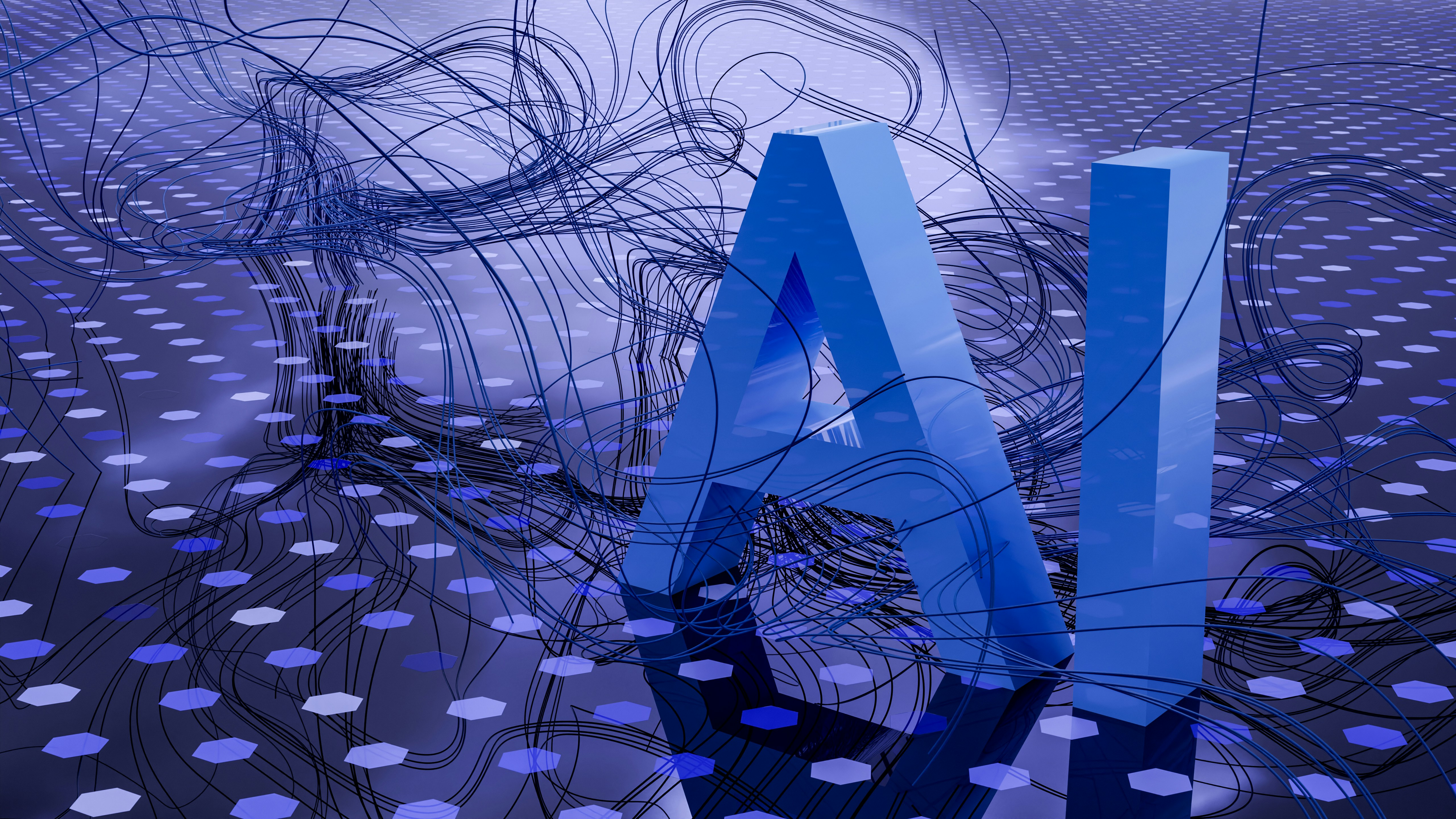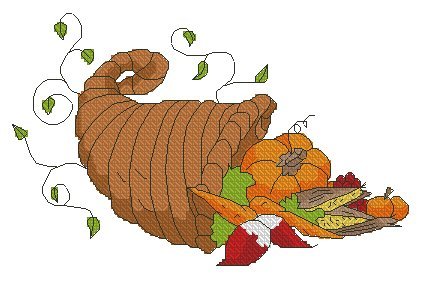Introduction to AI Image Generation Tools
In recent years, AI image generation tools have emerged as an essential resource across various creative industries, including graphic design, advertising, and social media. These innovative tools leverage advanced algorithms and deep learning techniques to produce high-quality images based on textual prompts, sketches, or existing designs. Their growing influence is evident in the way they facilitate creators to not only enhance their artistic expression but also streamline their workflows.
The rise of AI-generated imagery is reshaping the creative landscape. By transforming simple text descriptions into visually stunning graphics, these tools save time for designers and marketers alike. This efficiency allows creators to focus on higher-level tasks, such as strategy development or concept ideation, rather than getting bogged down in technical execution. As a result, creative professionals are increasingly adopting AI image generation tools to enhance their productivity while pushing the boundaries of their work.
Furthermore, these tools hold immense potential for generating income through affiliate marketing and image licensing. Creators can produce unique images that can be sold or licensed to brands and individuals alike. This not only creates an avenue for additional revenue but encourages the pursuit of innovative projects that might not have been feasible without the time-saving capabilities of AI-driven technology. As the market for digital content continues to expand, understanding and utilizing AI image generation tools become vital in achieving financial success and crafting engaging visual narratives.
In conclusion, the evolution of AI image generation tools signifies a pivotal shift in creative practices, enabling professionals to embrace new techniques while unlocking countless opportunities for innovation and monetization. As we delve deeper into the world of AI image generation, it’s crucial to explore the top tools available that can elevate your creative projects in 2023.
Criteria for Selecting Top AI Image Generation Tools
When it comes to selecting the best AI image generation tools, several key criteria can significantly influence the decision-making process. Understanding these factors will help both amateur artists and professional designers find a tool that aligns with their specific creative needs.
First and foremost, ease of use is crucial. A user-friendly interface allows individuals of all skill levels to quickly adapt to the technology, maximizing their potential output. Clarity in navigation and straightforward functionality should be prioritized, ensuring that users can focus more on their creative projects rather than wrestling with complicated software. Furthermore, versatility in style and output is equally important. A tool that can generate a wide range of artistic styles—from photorealism to abstract—gives users the freedom to explore various artistic avenues, which can be particularly beneficial in diverse fields such as marketing and graphic design.
Customization options also play a vital role in the selection process. The ability to fine-tune generated images or incorporate unique parameters enables creators to maintain their artistic vision. This flexibility can be a game changer, especially for those working on unique branding projects in the tech SaaS sector, where distinct visuals are essential for attracting target audiences.
Integrations with other creative software further enhance a tool’s functionality. Seamless interaction with design tools and platforms allows users to streamline their workflow and maximize productivity. Pricing is another critical criterion; potential users should look for a tool that provides good value for its offerings, especially when considering high CPM opportunities through affiliate marketing.
Lastly, the quality of the generated images cannot be overlooked. High-quality visuals can make or break a project, so prior exploration of user reviews and sample outputs is recommended. By considering these essential criteria, individuals are better equipped to select the ideal AI image generation tool that meets their creative objectives.
The Top 10 AI Image Generation Tools of 2023
As we venture further into the creative landscape of 2023, several AI image generation tools stand out. These platforms are pivotal for artists and marketers alike, employing advanced algorithms to create stunning visuals that can enhance any project, especially for those engaged in affiliate marketing or managing a tech SaaS blog. Below is a detailed look at ten of the most effective tools available:
1. DALL-E 2: Developed by OpenAI, DALL-E 2 has gained recognition for its ability to generate high-resolution images from textual descriptions. Its user-friendly interface allows for seamless navigation, and detailed customization features enable users to refine their creations. Pricing varies based on usage, and users have praised its remarkable accuracy in visualizing concepts.
2. Midjourney: Midjourney combines community engagement with powerful AI capabilities. Users can join a Discord server to collaborate and gather inspiration. Pricing is subscription-based, which is affordable for frequent users. Its unique selling point is its capacity to produce artistic styles that resonate well in various social media contexts.
3. Runway ML: Targeted towards professionals, Runway ML offers advanced editing features that integrate video and image generation. It operates on a flexible pricing model, catering to both newcomers and experienced users. Feedback from creators highlights its versatility in blending traditional and modern design methodologies.
4. Artbreeder: This tool allows users to blend images and create new variations, making it a favorite among those looking for unique art pieces. The ability to adjust parameters generates a wide variety of artworks. Pricing is competitive, making it accessible for budding artists.
5. DeepAI: Aimed at beginner users, DeepAI provides a straightforward approach to image generation. Its open-source nature allows users to tweak the code as needed. User reviews highlight its effectiveness for quick projects, ideal for tech SaaS blog creators needing rapid visual solutions.
6. NightCafe Studio: Combining multiple algorithms, NightCafe specializes in generating artwork from textual inputs. Users rave about its unique styles and themes. Pricing follows a credit-based system, appealing for on-demand users.
7. Pixray: This customizable tool offers a wide range of parameters to create art that aligns closely with user preferences. Its affordability makes it a go-to solution for individuals in the affiliate marketing sector seeking to create engaging visuals.
8. CrazyTalk Animator: Known for its animation capabilities, CrazyTalk also allows for image generation. Users appreciate its intuitive controls and varied pricing options that cater to diverse user bases, including educators.
9. Ganbreeder (now Artbreeder): Previously known as Ganbreeder, this platform focuses on collaborative image creation. Its user-friendly interface and community-driven approach facilitate a shared creative process, with a minimal cost structure.
10. Stable Diffusion: Bringing powerful text-to-image capabilities, Stable Diffusion excels in producing comprehensive visual narratives. Its open-source nature appeals to developers and creatives, enhancing its position in the tech landscape.
These AI image generation tools demonstrate a range of capabilities suited for various creative pursuits. Their effectiveness in generating high-cpm content makes them invaluable resources for anyone looking to elevate their projects in 2023. By using these tools, creatives can explore new possibilities and expand their visual repertoire, leading to more engaging and profitable outcomes.
How to Maximize Earnings with AI-Generated Images
With the growing popularity of AI-generated images, creators have ample opportunities to monetize their work effectively. One strategy involves selling images on stock photo websites. Many platforms accept contributions from independent artists, allowing them to reach a vast audience. By uploading high-quality, diverse images, creators can start earning passive income. Websites such as Shutterstock, Adobe Stock, and Getty Images provide avenues for artists to monetize their AI-generated images, generating a high CPM (cost per thousand impressions) when the images are downloaded.
Another viable strategy is to offer commissioned artwork services. Creators can set up online shops on platforms like Etsy or their own websites to cater to individual client requests. By showcasing a portfolio of AI-generated images, artists can attract potential buyers looking for unique artwork, thus expanding their revenue streams. Building a distinct brand identity centered around AI creativity can significantly enhance visibility in this niche market.
Furthermore, leveraging social media platforms for brand partnerships can amplify earnings. Creators can utilize platforms such as Instagram or Pinterest to display their work and engage with a broader audience. Creating compelling content that showcases AI-generated images can attract collaborations with brands seeking visual content, leading to sponsorship or collaboration opportunities that can lead to lucrative deals.
Exploring print-on-demand options is another effective method to monetize AI-generated images. Services such as Redbubble or Teespring allow creators to design a range of products, including apparel, home decor, and accessories, featuring their art. This not only diversifies income sources but also increases exposure as products are marketed through these platforms.
Understanding copyright and usage rights is paramount when leveraging AI-generated content for profit. Creators must familiarize themselves with the legal implications related to their images to ensure they can monetize their artwork ethically and legally. This knowledge protects creators from potential disputes and supports sustainable business practices.



